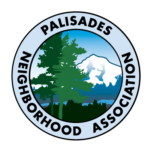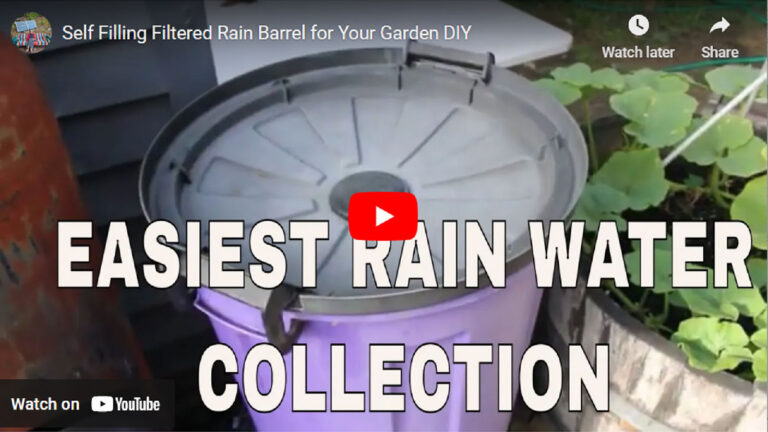Written by Brian Campagna, Palisades Neighborhood Sustainability Committee Coordinator
Water is one of our most precious resources, and as homeowners, we have a responsibility to use it wisely. With climate change leading to more frequent droughts and water shortages, it’s more important than ever to conserve water whenever possible. One way homeowners can do their part is by using rainwater harvesting systems. In this blog post, we’ll explore the benefits of rainwater harvesting and provide tips on how to get started.
What is rainwater harvesting?
Rainwater harvesting is the practice of collecting and storing rainwater for later use. This water can be used for a variety of purposes, including irrigation, washing cars, flushing toilets, and even drinking (with proper filtration and treatment). Rainwater harvesting systems typically include a collection surface, such as a roof, gutters, or a collection tank, and a filtration and distribution system to ensure the water is safe for use.
What are the benefits of rainwater harvesting?
There are many benefits to using rainwater harvesting systems in your home, including:
1. Water conservation: By using rainwater instead of municipal water for non-potable uses, you can significantly reduce your water consumption and help conserve this valuable resource.
2. Cost savings: Depending on your location and water usage, rainwater harvesting systems can help you save money on your water bills. Additionally, some municipalities offer rebates or incentives for homeowners who install rainwater harvesting systems.
3. Reduced runoff: By collecting rainwater, you can reduce the amount of runoff that enters stormwater systems, which can help prevent flooding and erosion.
4. Improved soil quality: Rainwater is free of the chemicals and minerals found in municipal water, which can be beneficial for plants and soil health.
How to get started with rainwater harvesting:
If you’re interested in installing a rainwater harvesting system in your home, here are some tips to get started:
1. Assess your needs: Determine how much water you need for your intended uses and how much rainwater you can realistically collect based on your location and available collection surface area.
2. Choose a collection system: There are many types of collection systems available, including above-ground and underground tanks, cisterns, and barrels. Choose the system that best fits your needs and budget.
3. Install a filtration and distribution system: To ensure the rainwater is safe for use, it’s important to install a filtration system to remove debris and pollutants. A distribution system will also be needed to transport the water to where it will be used.
4. Maintain your system: Regular maintenance, such as cleaning the collection surface and tank and checking for leaks, is essential to ensure your rainwater harvesting system is working properly.
In conclusion, rainwater harvesting is an excellent way for homeowners to conserve water, save money, and reduce their environmental impact. By taking the time to assess your needs and install a well-designed system, you can enjoy the benefits of using rainwater in your home while helping to preserve this precious resource.
See how easy and simple they can be!


